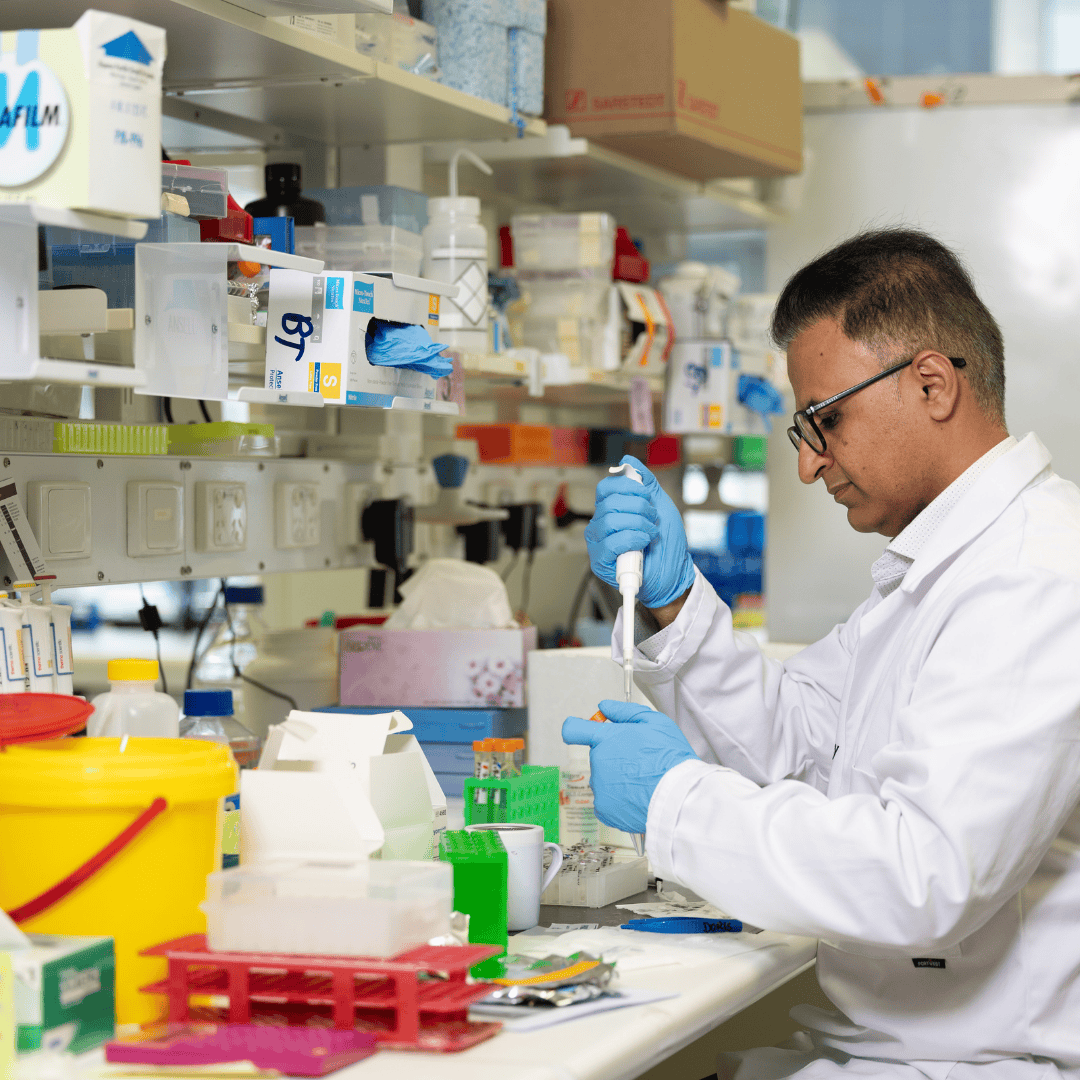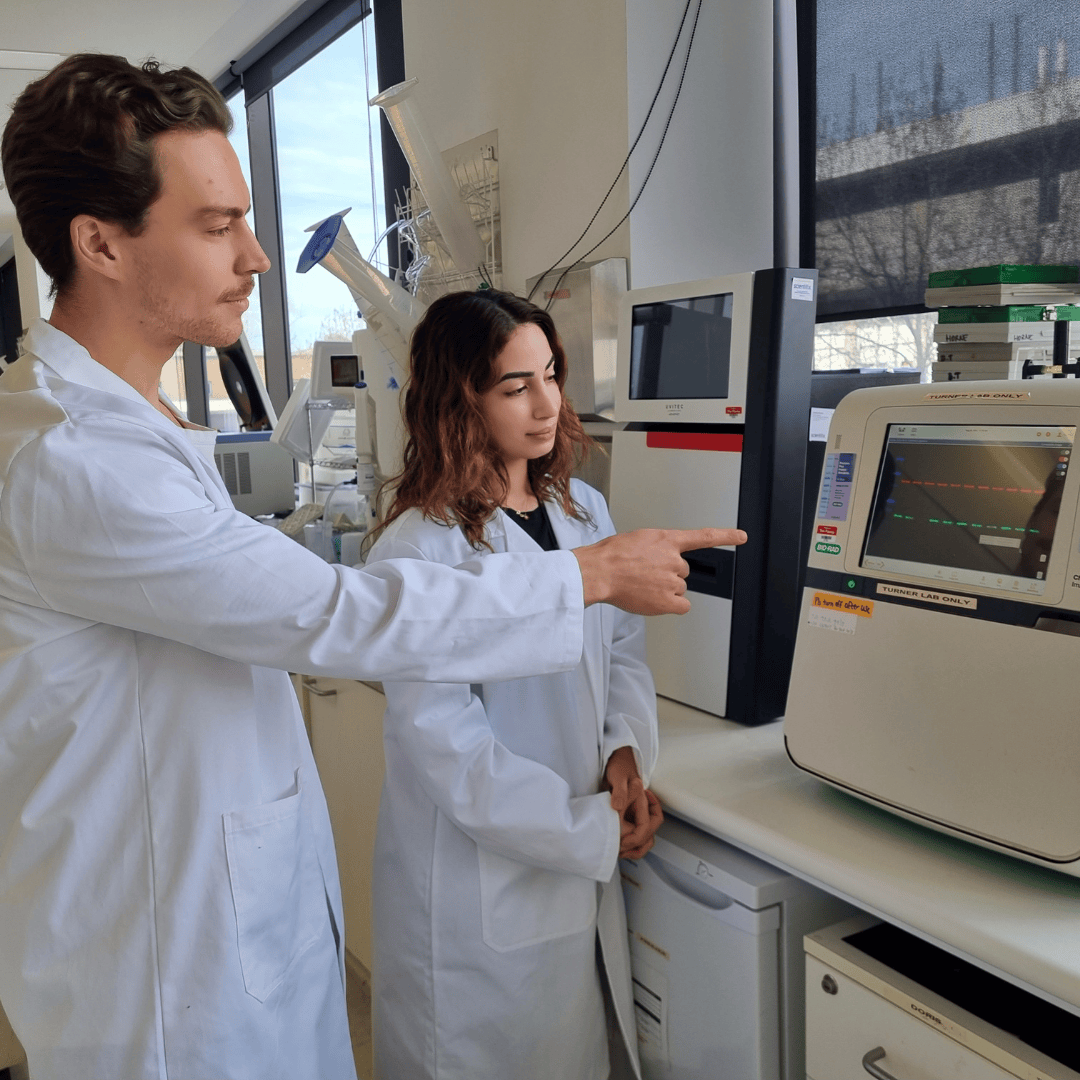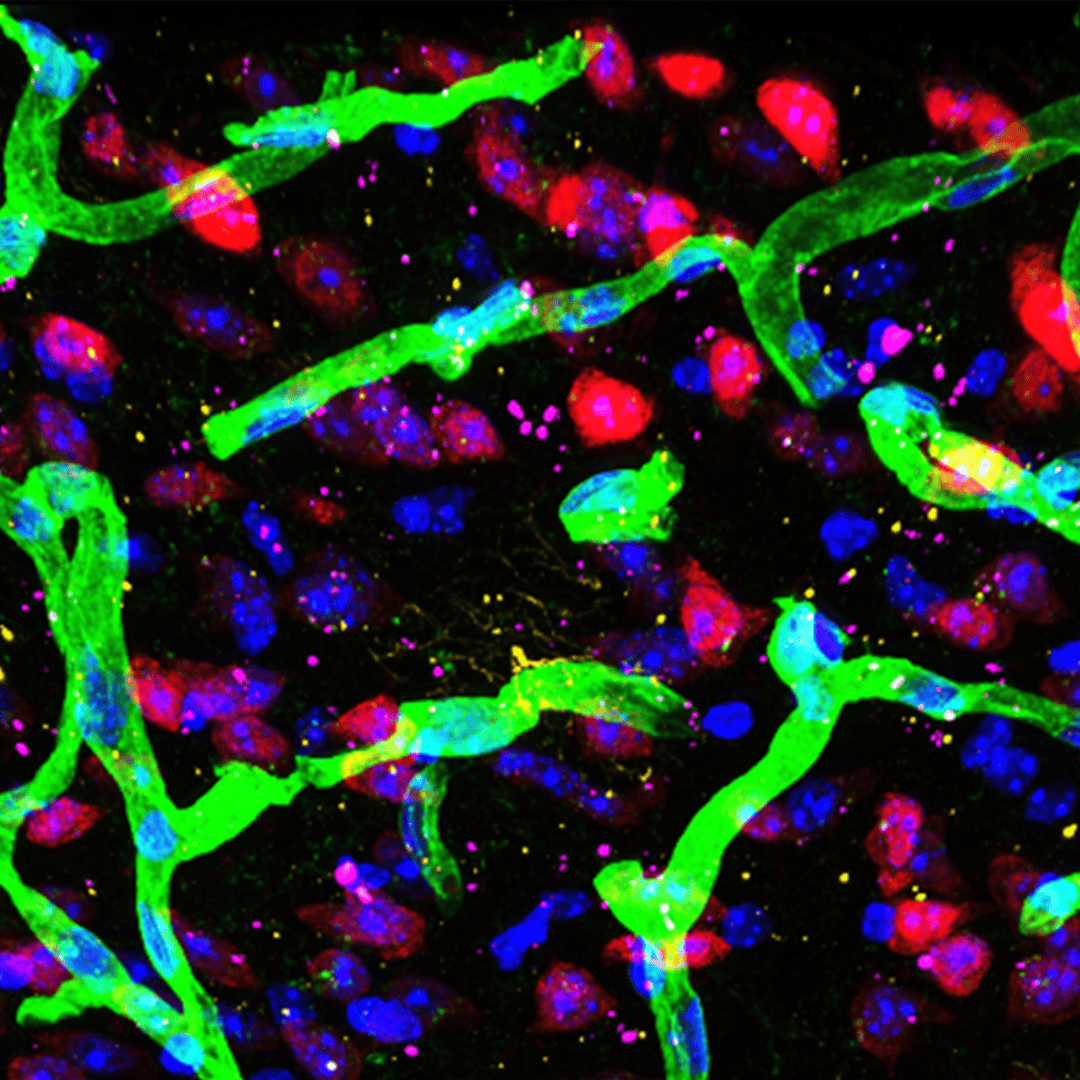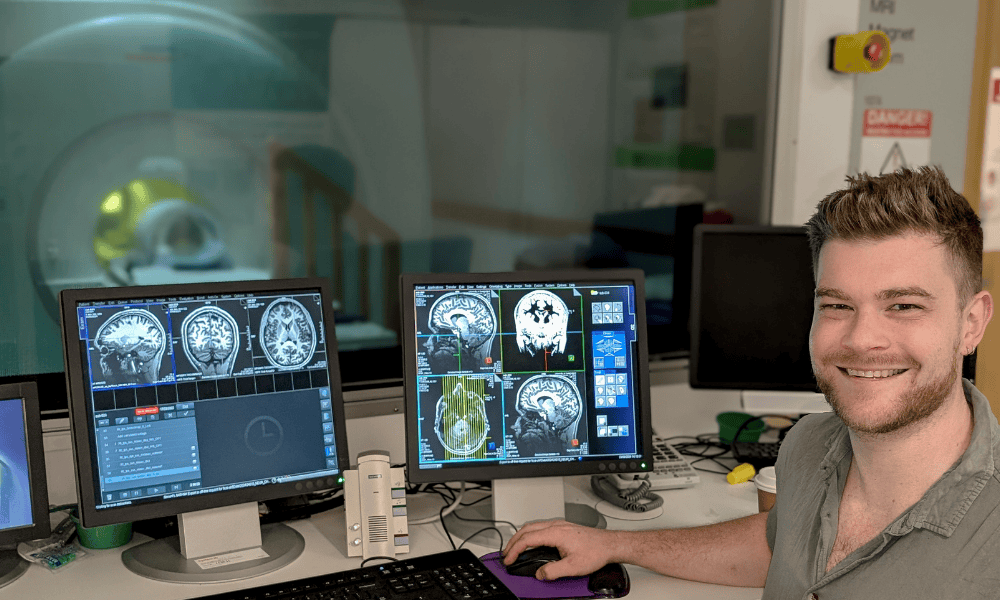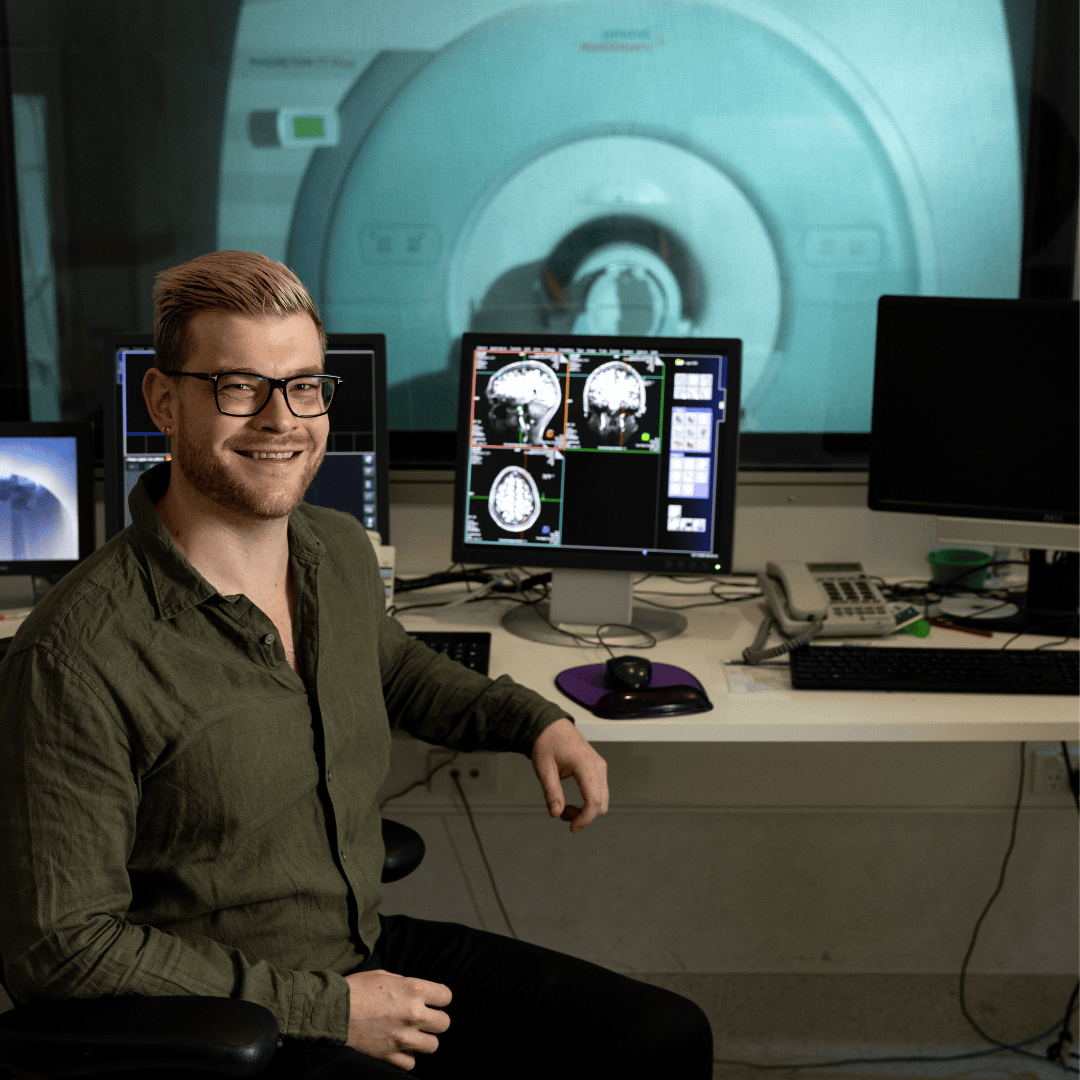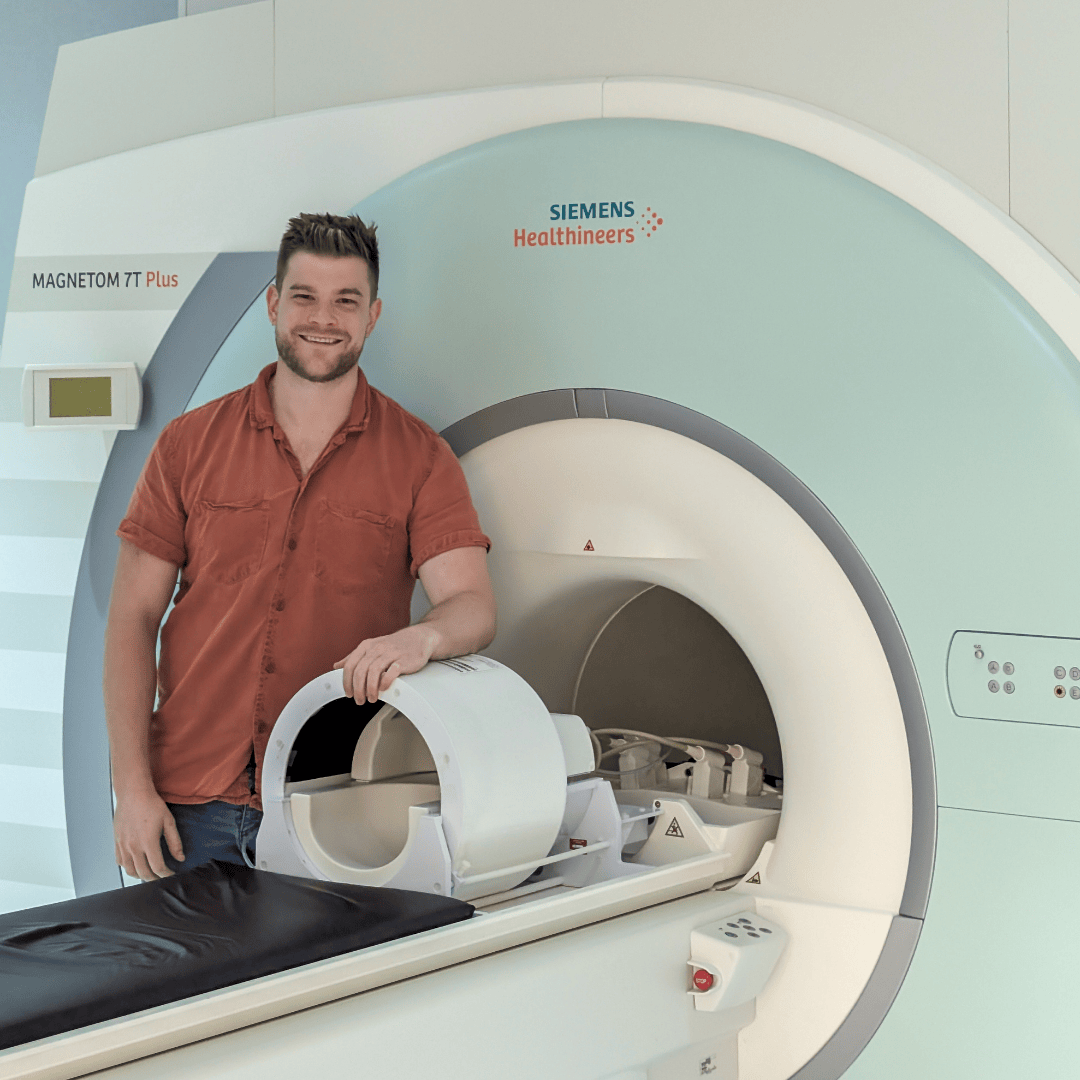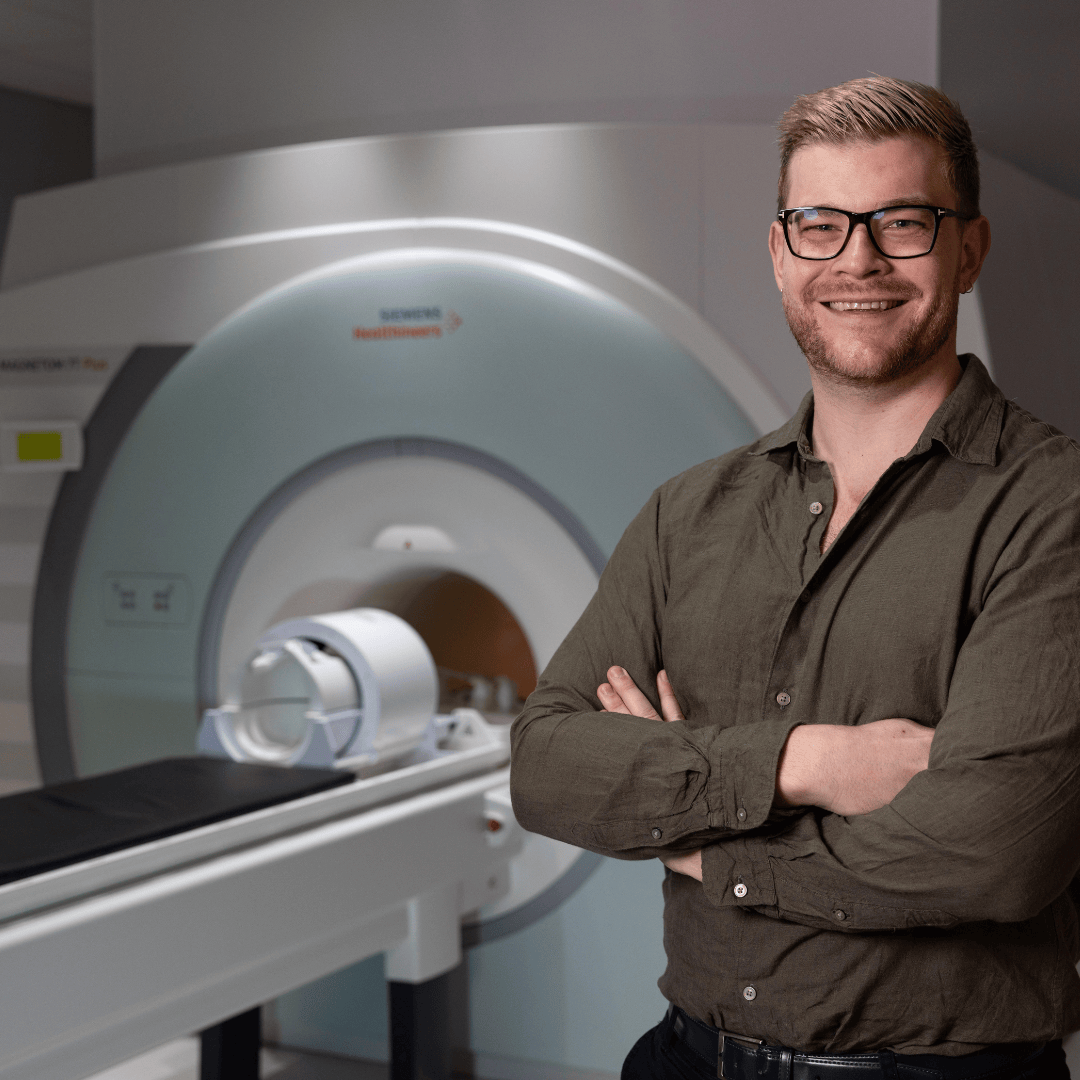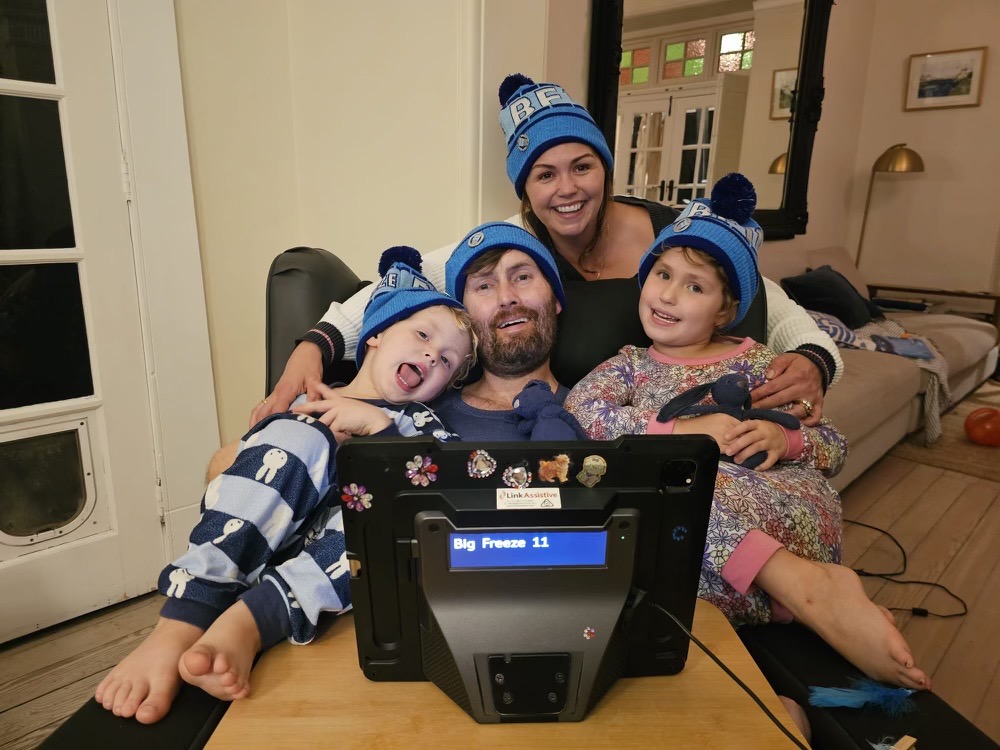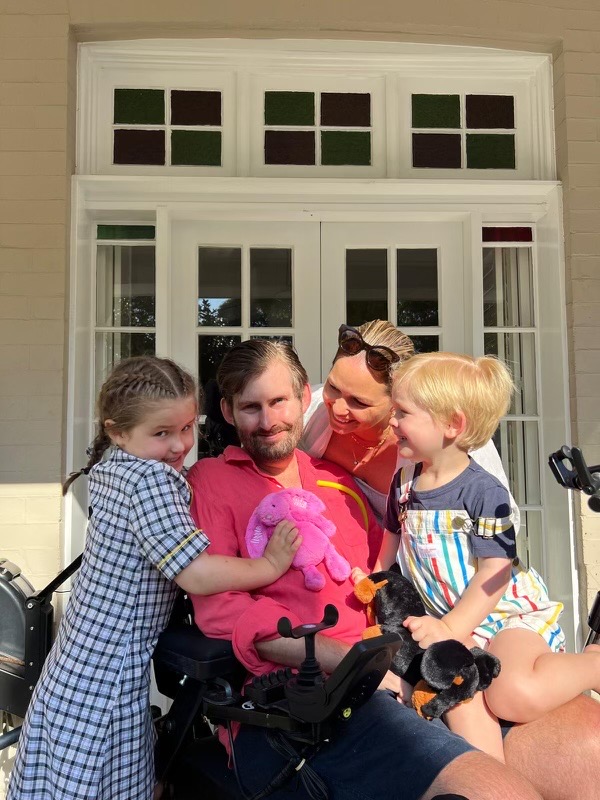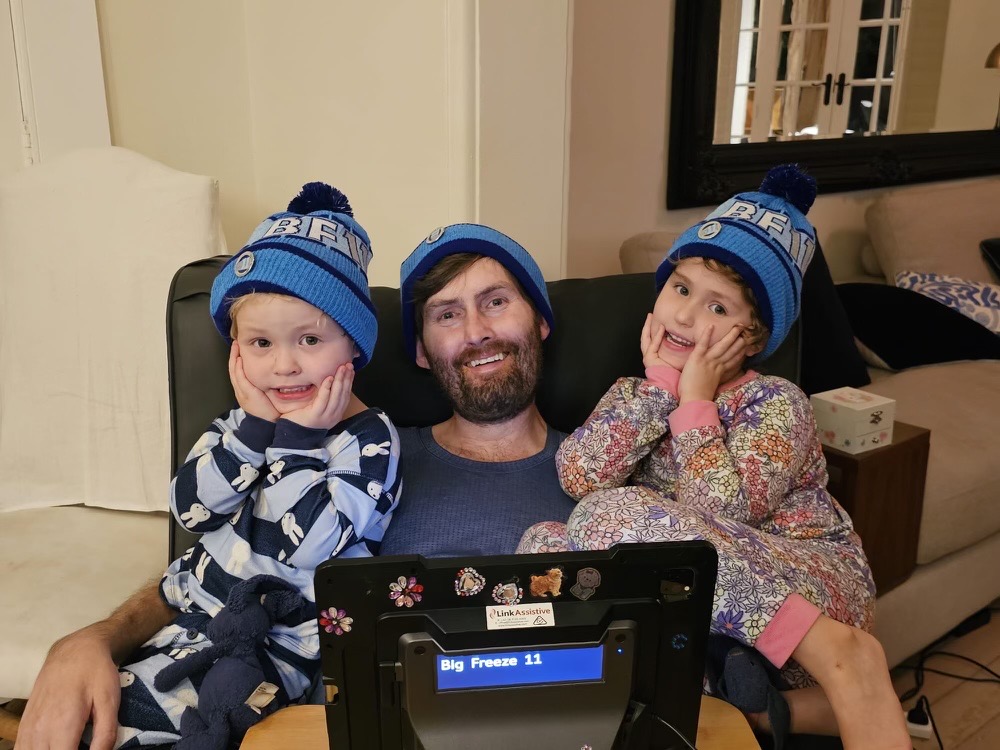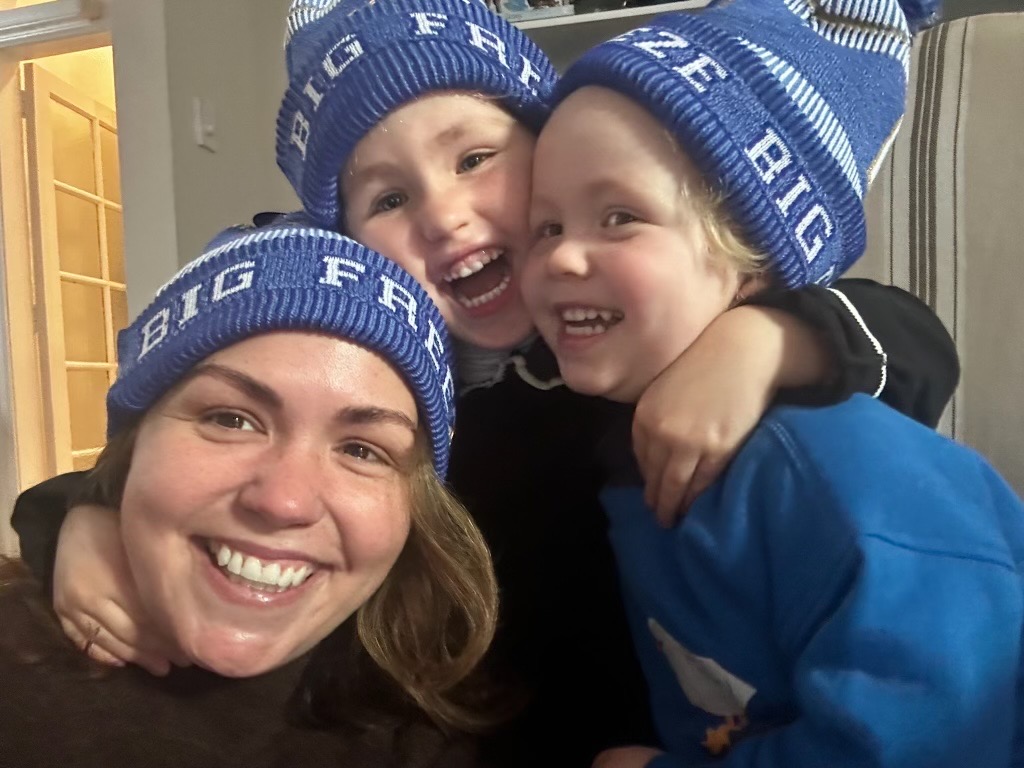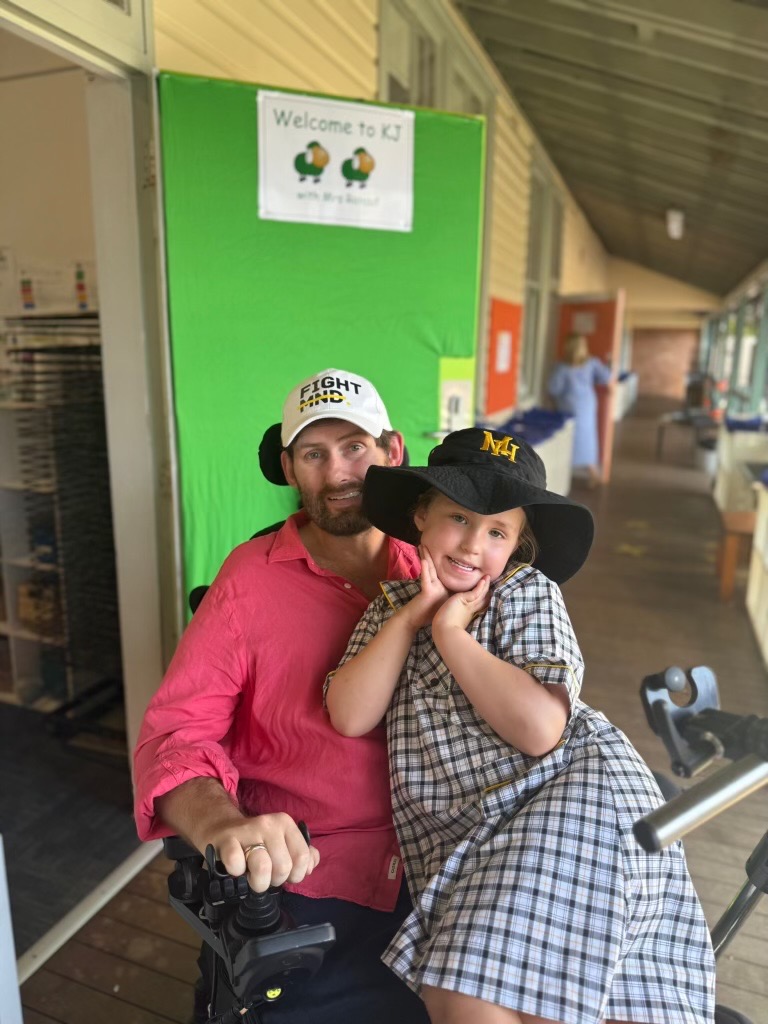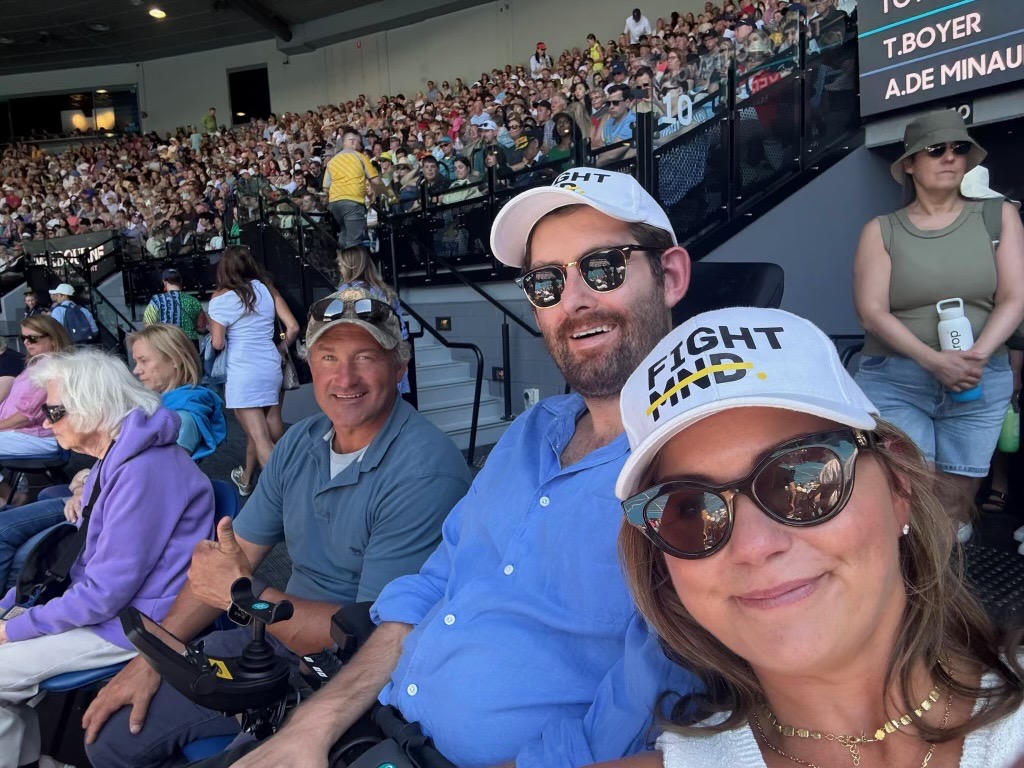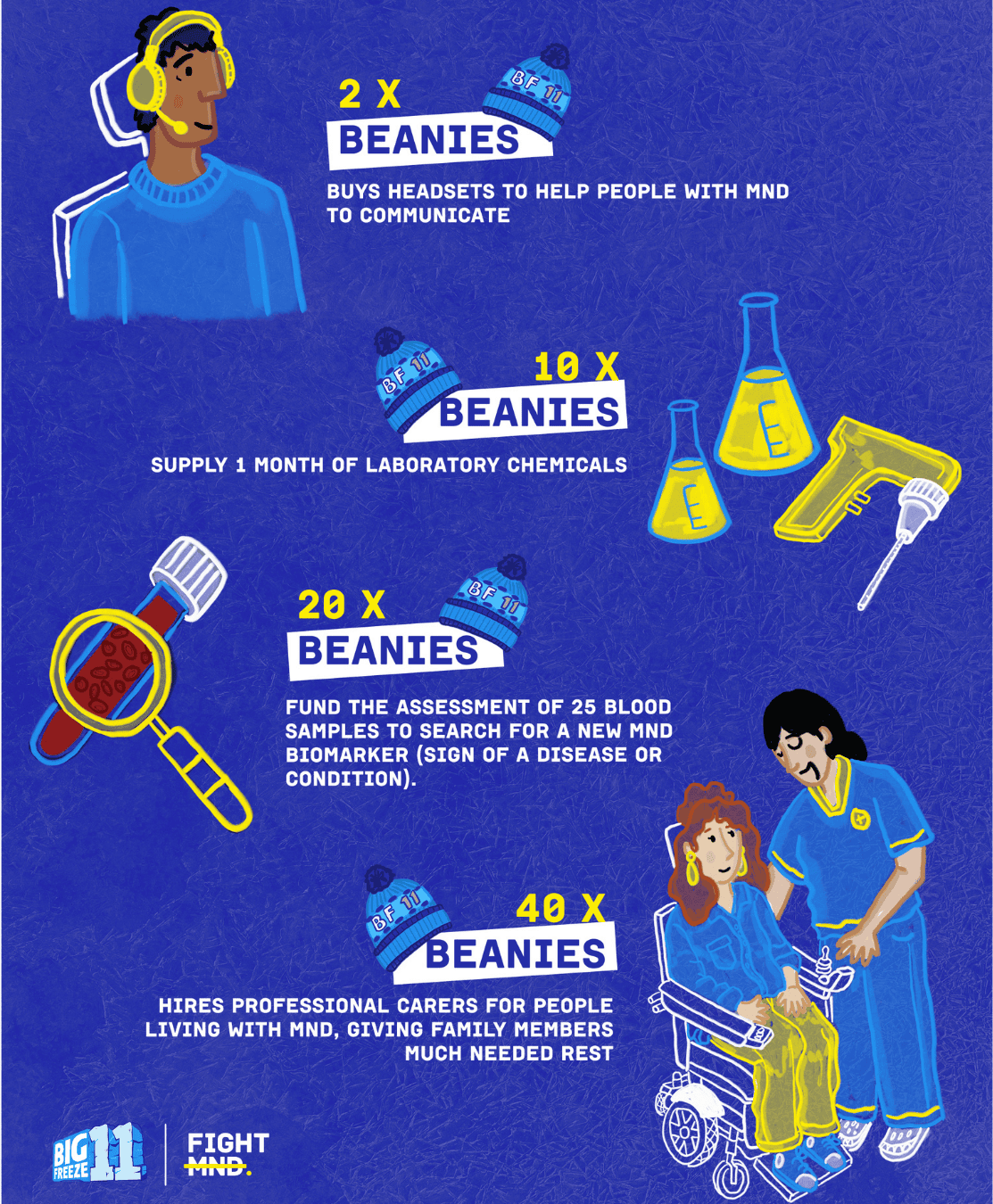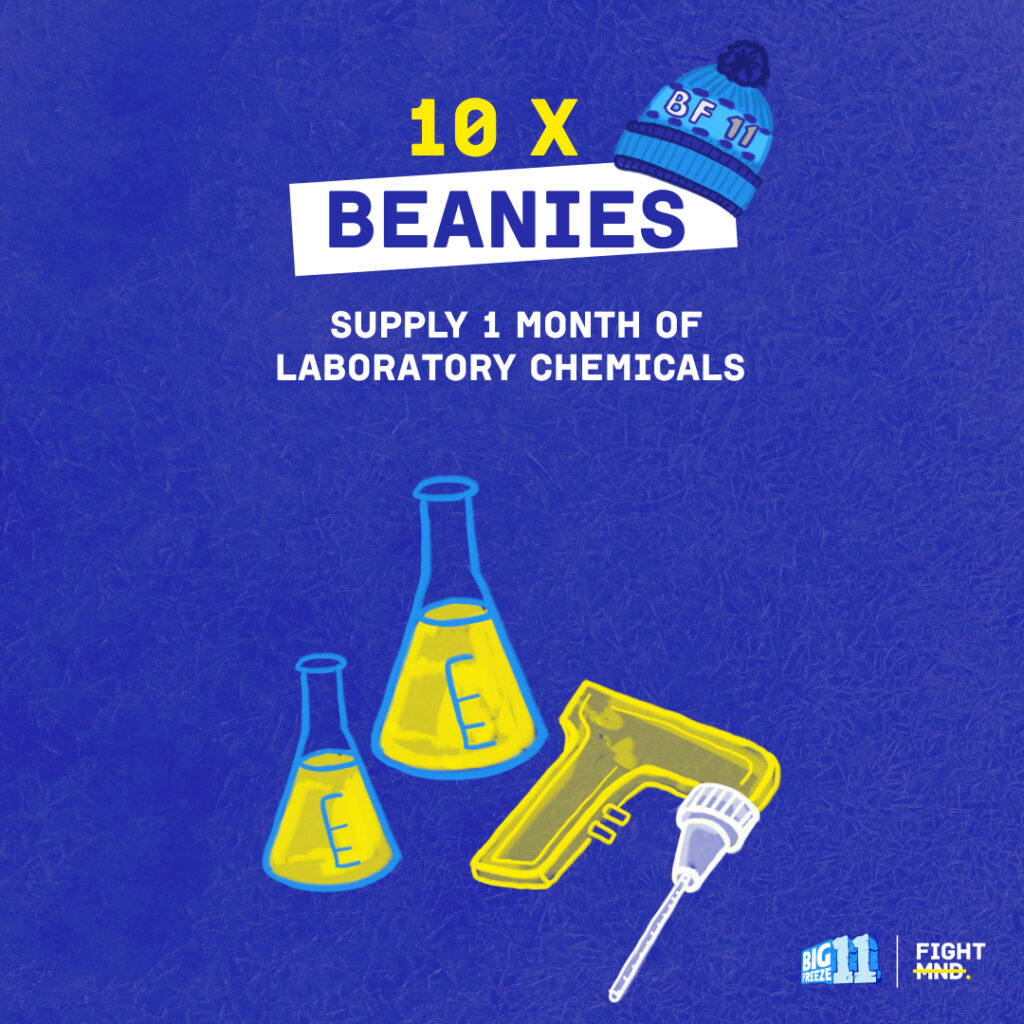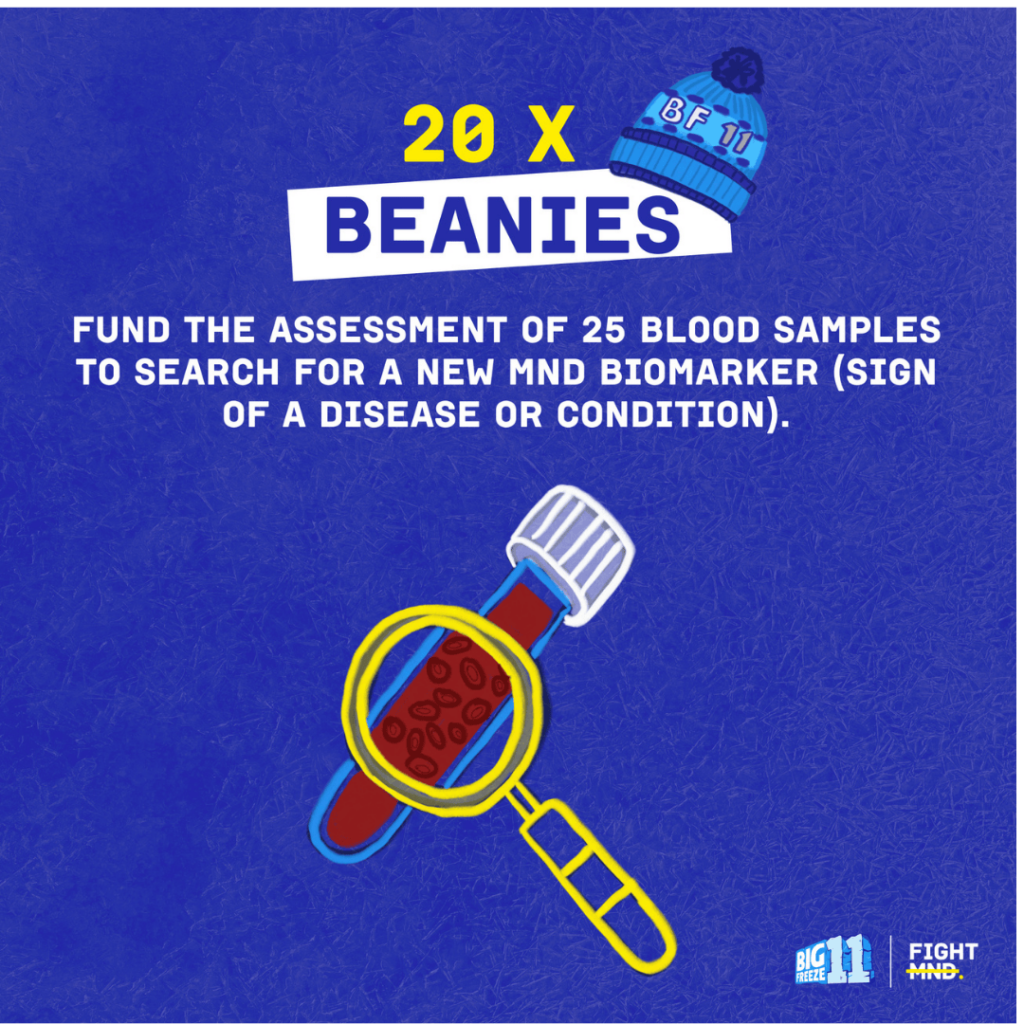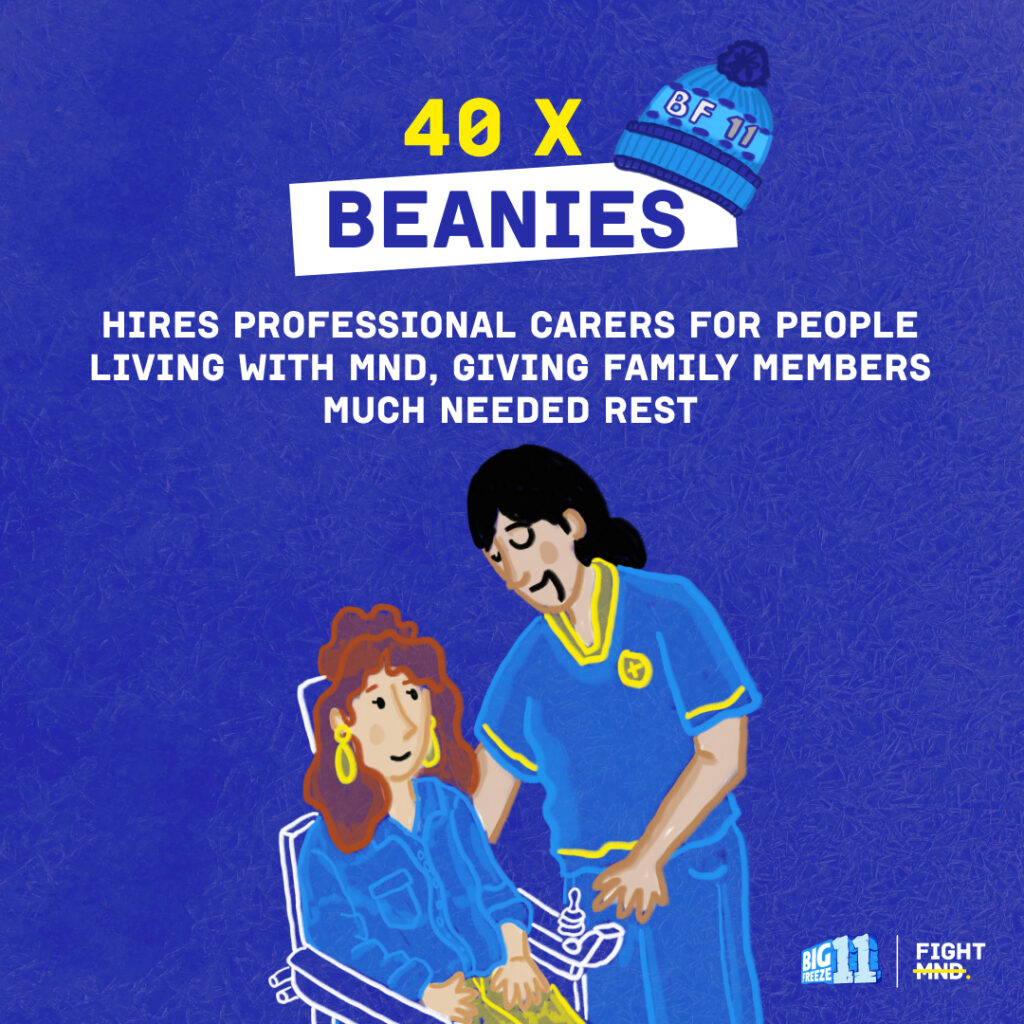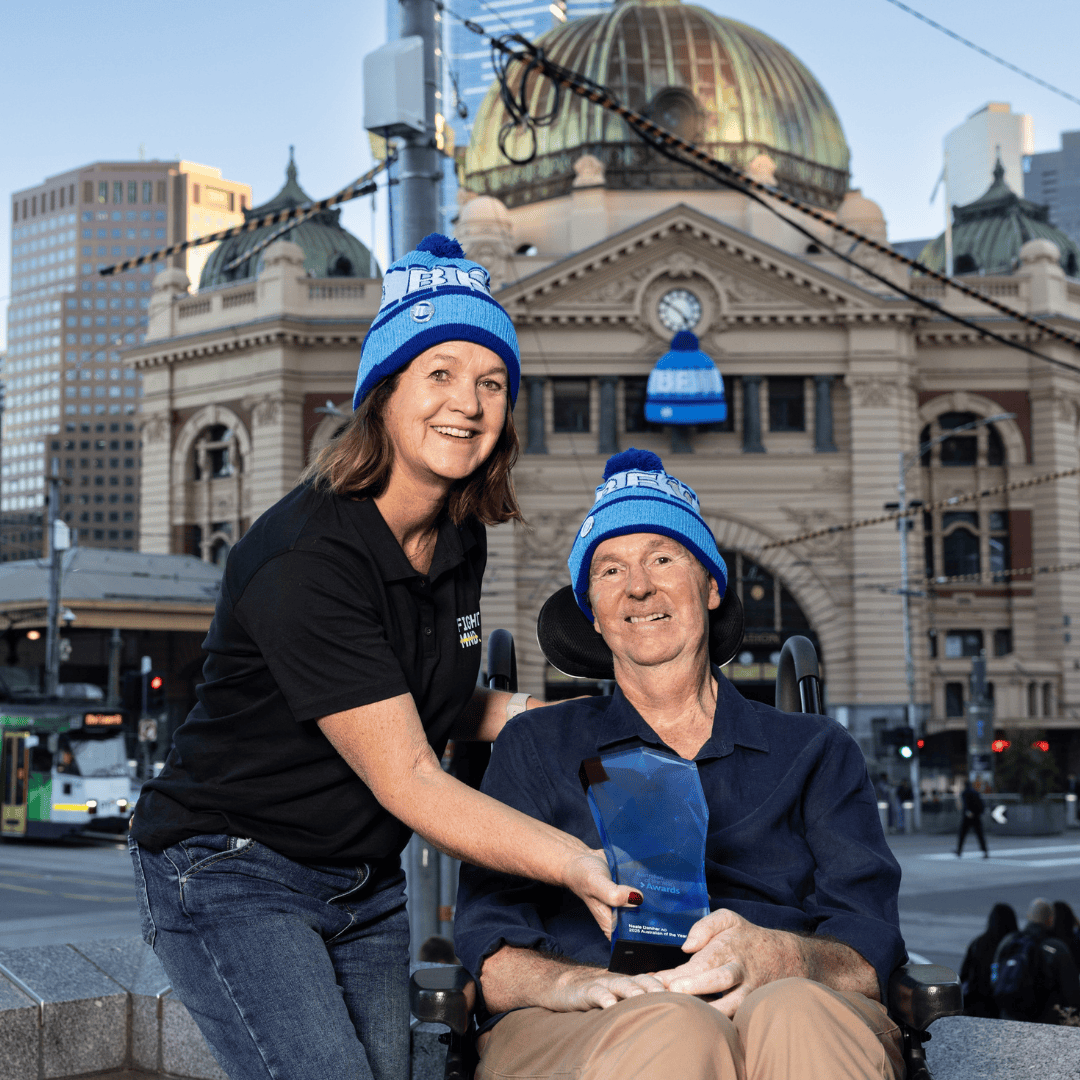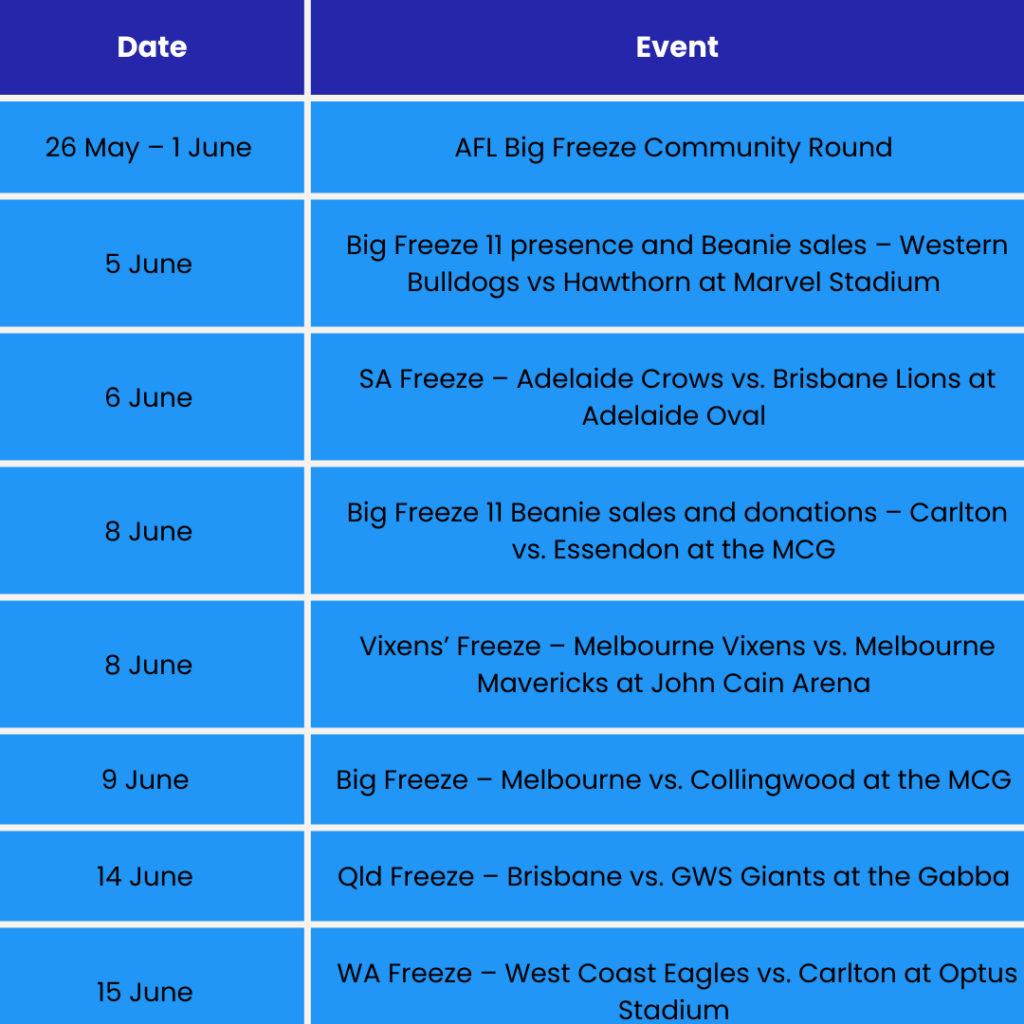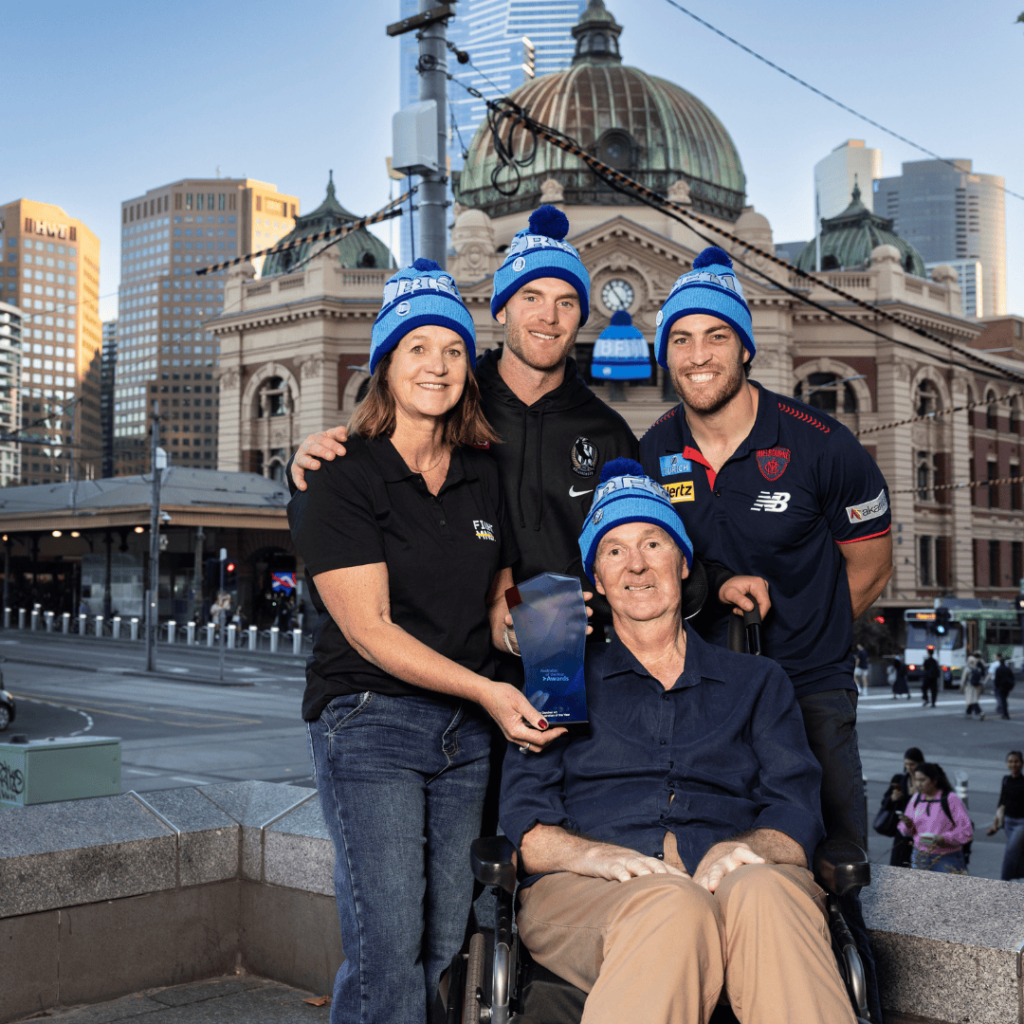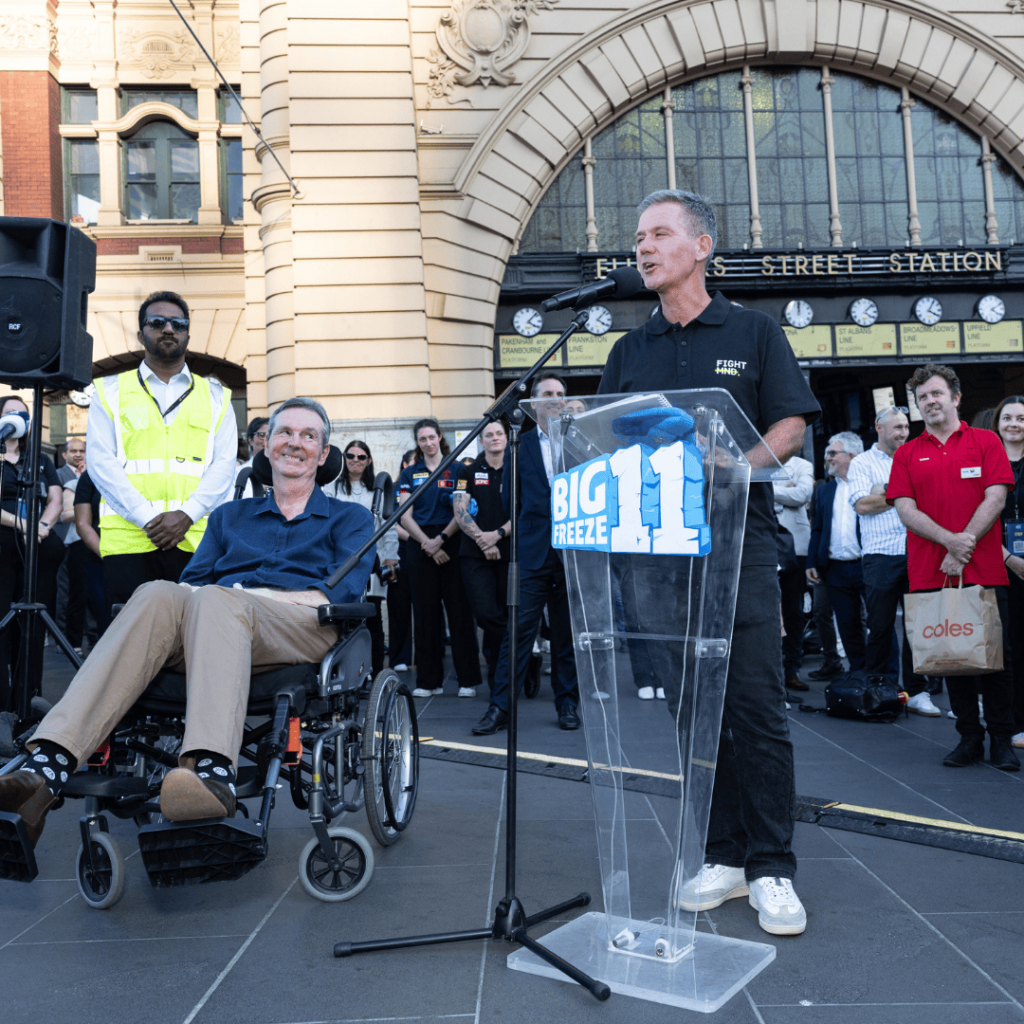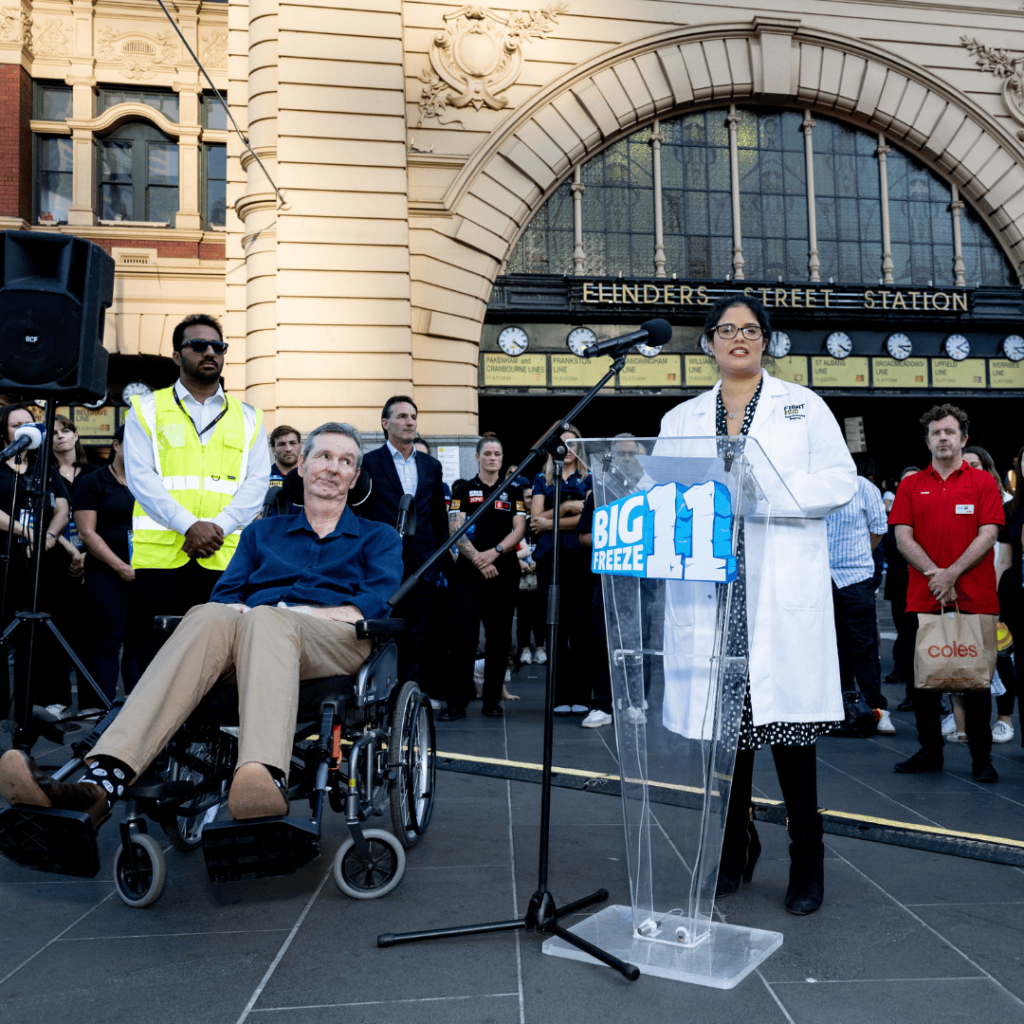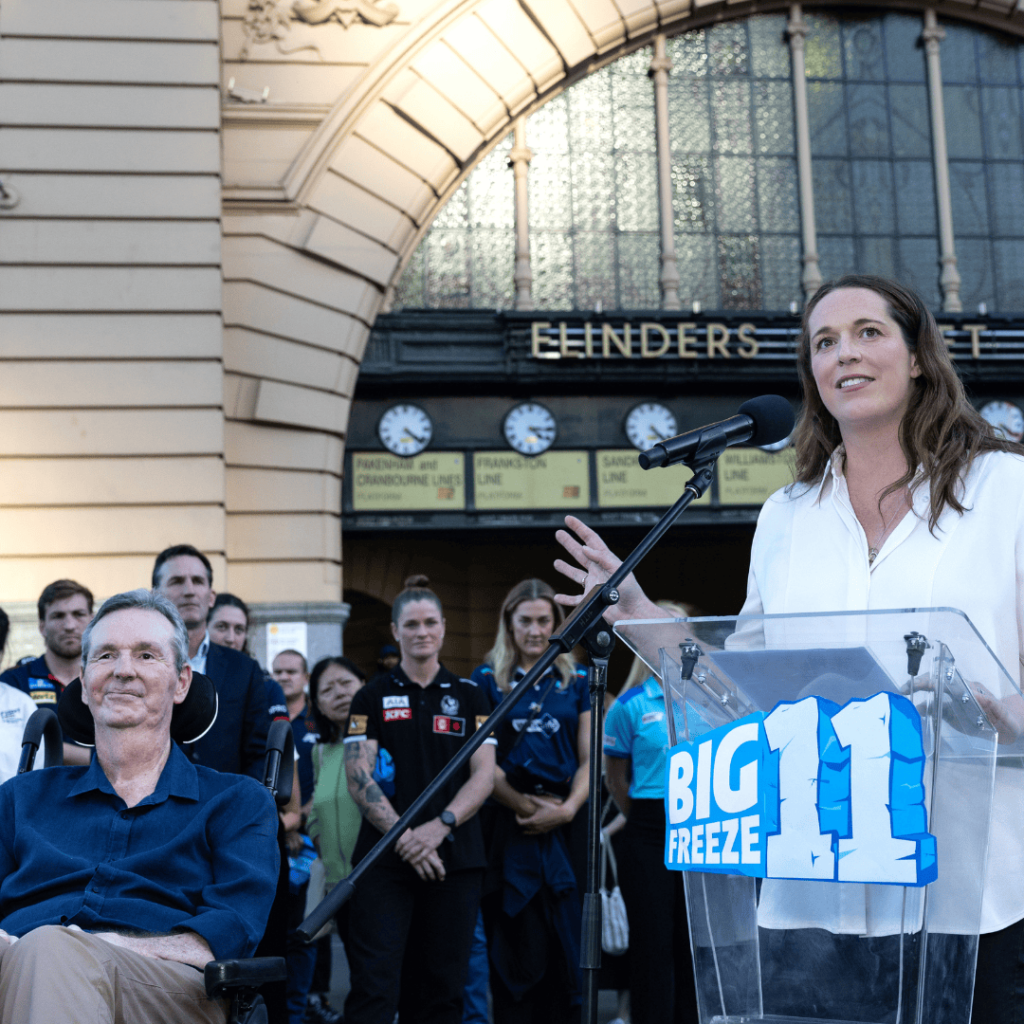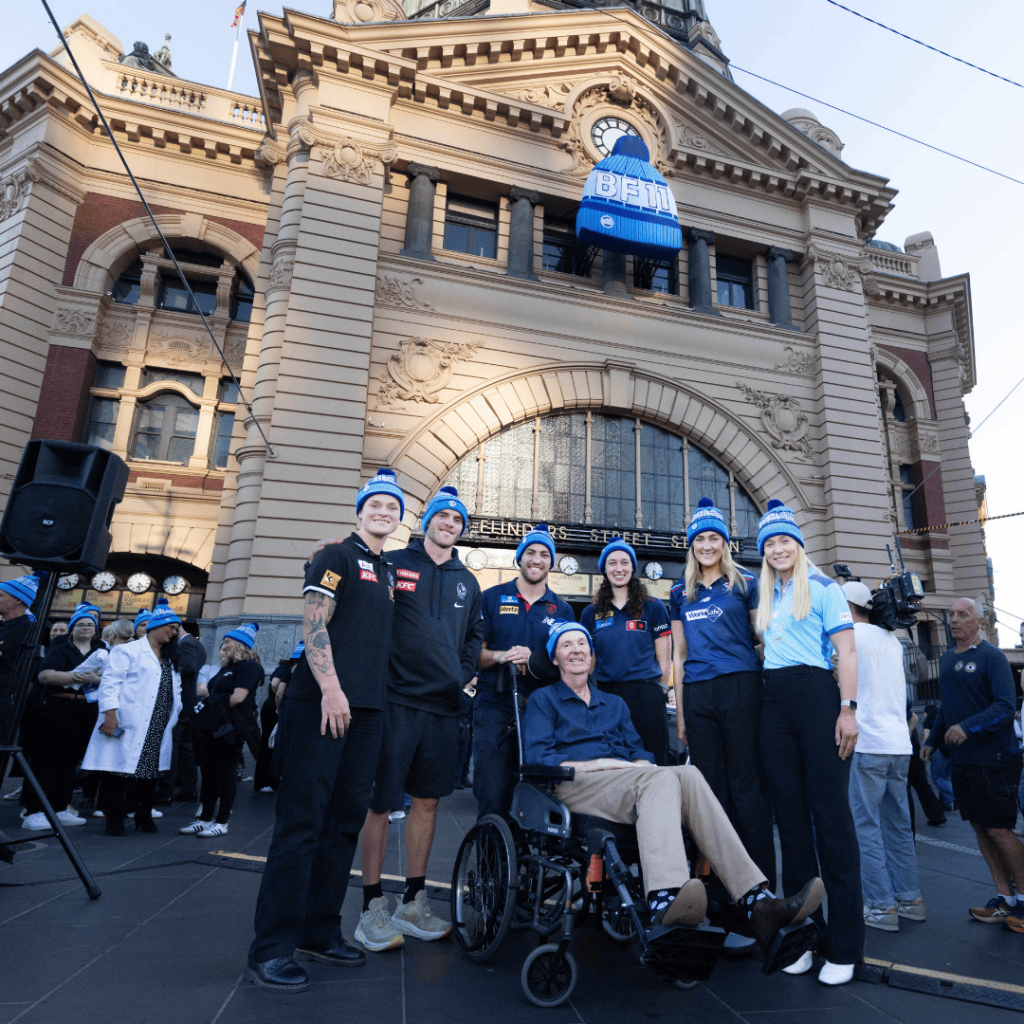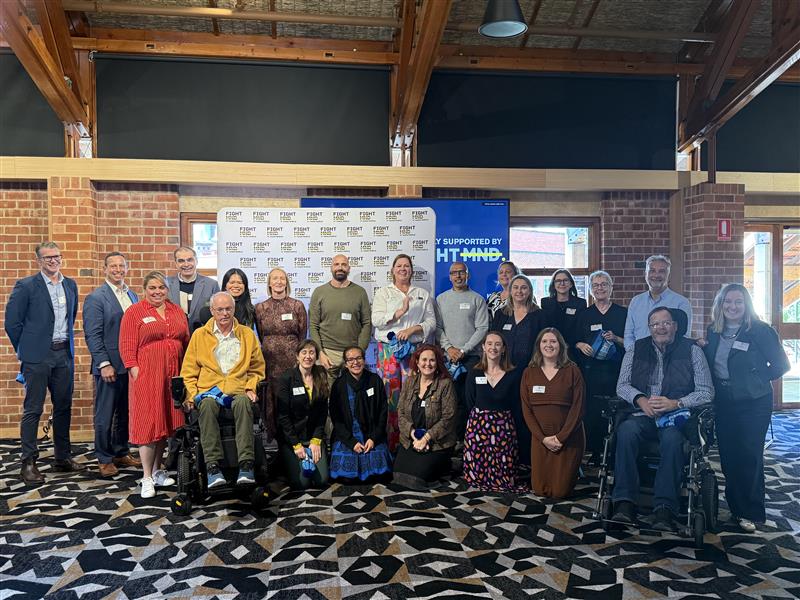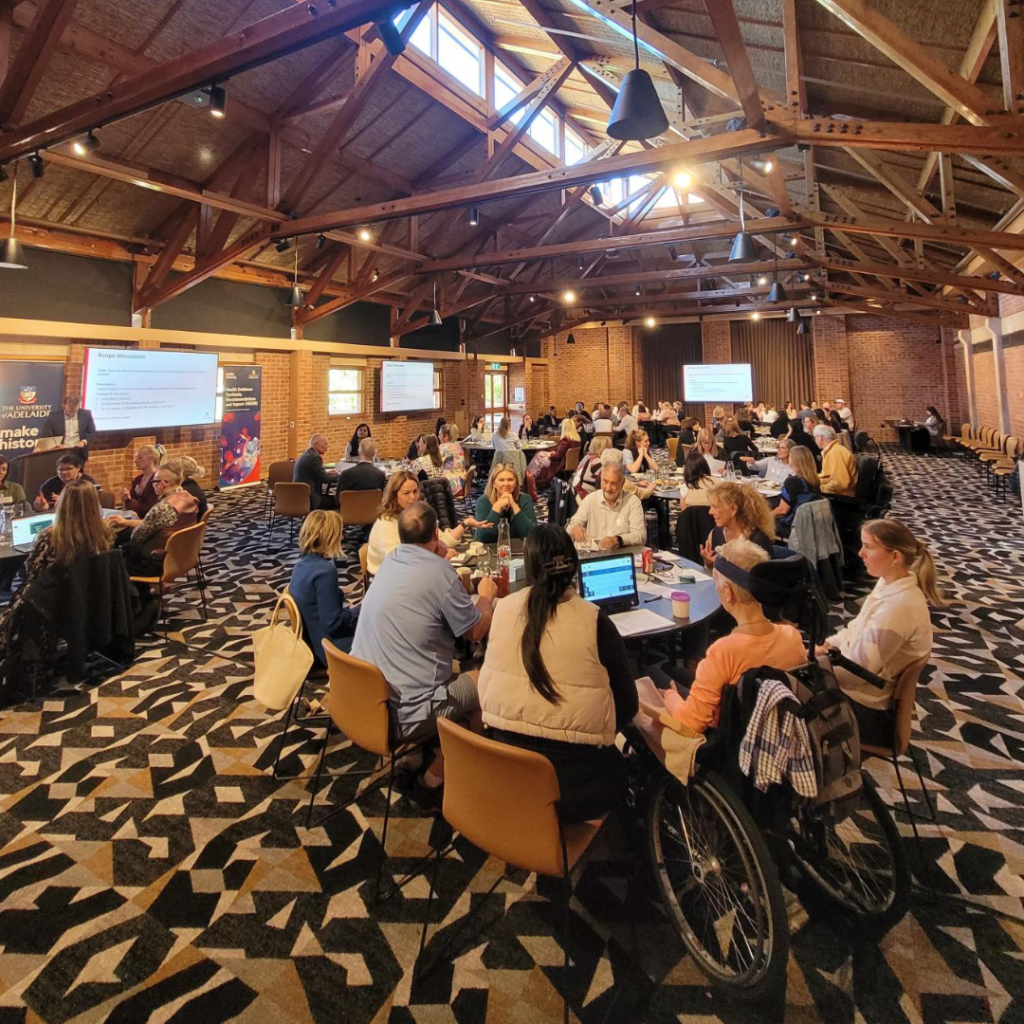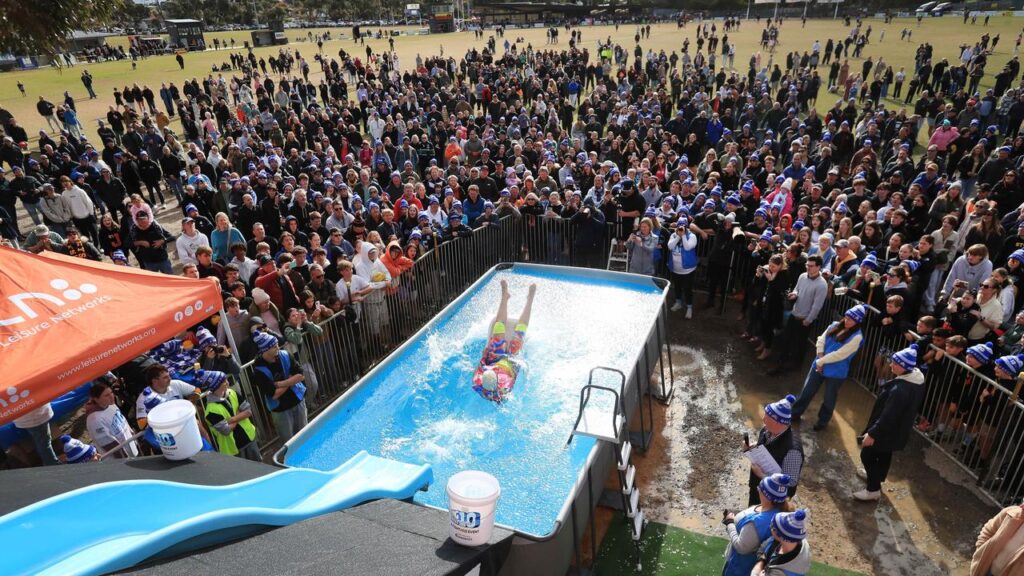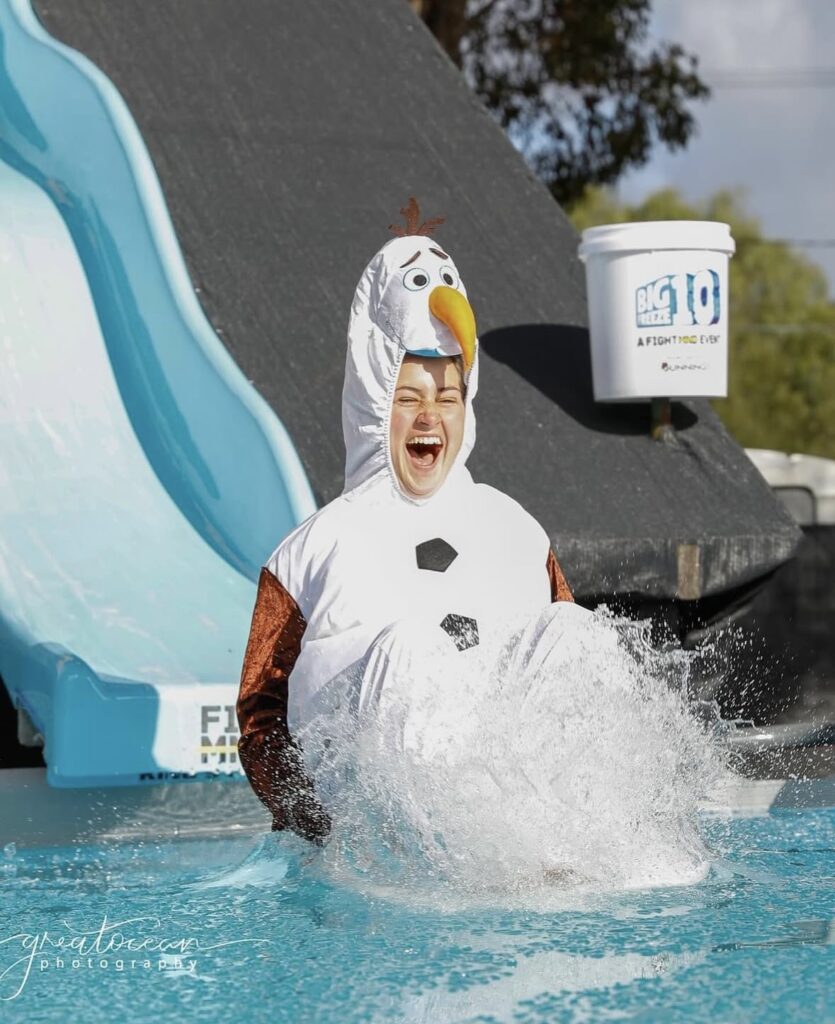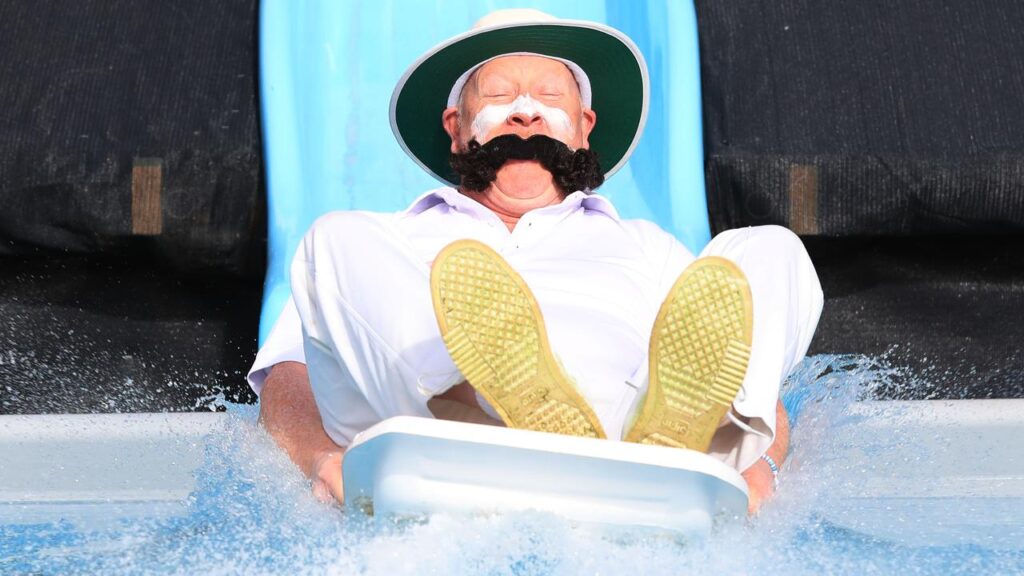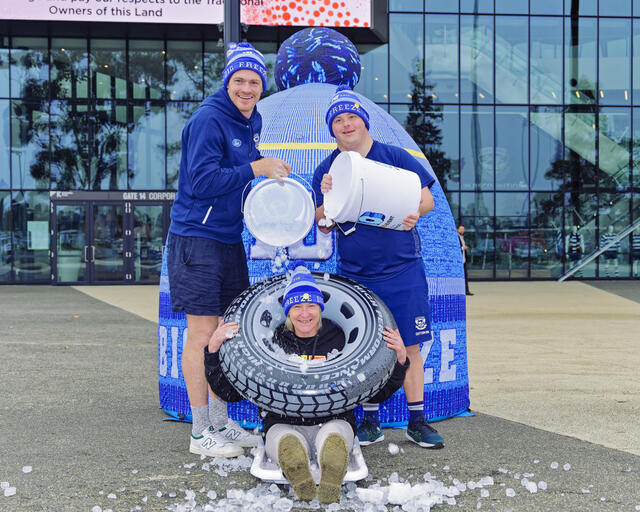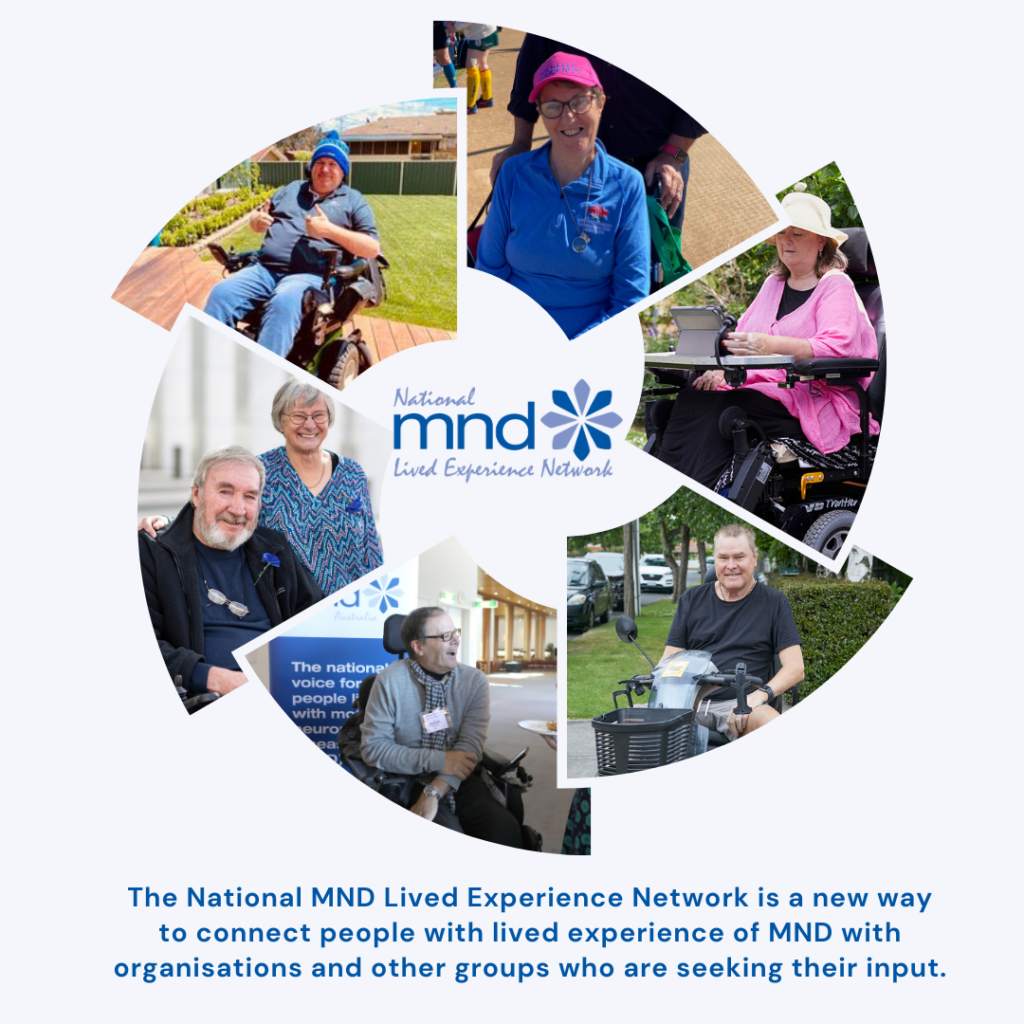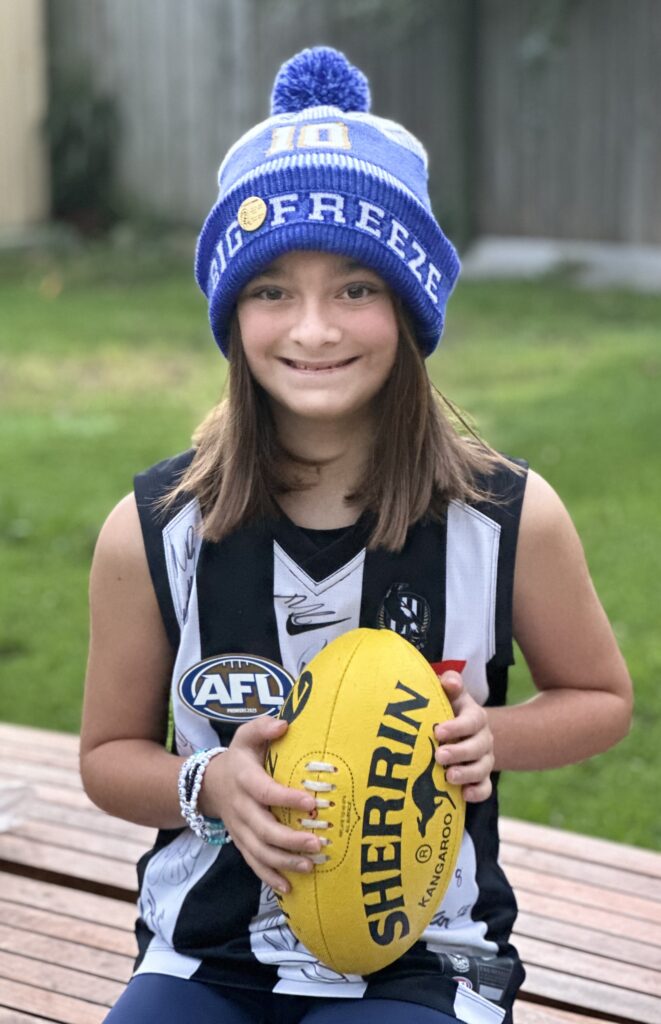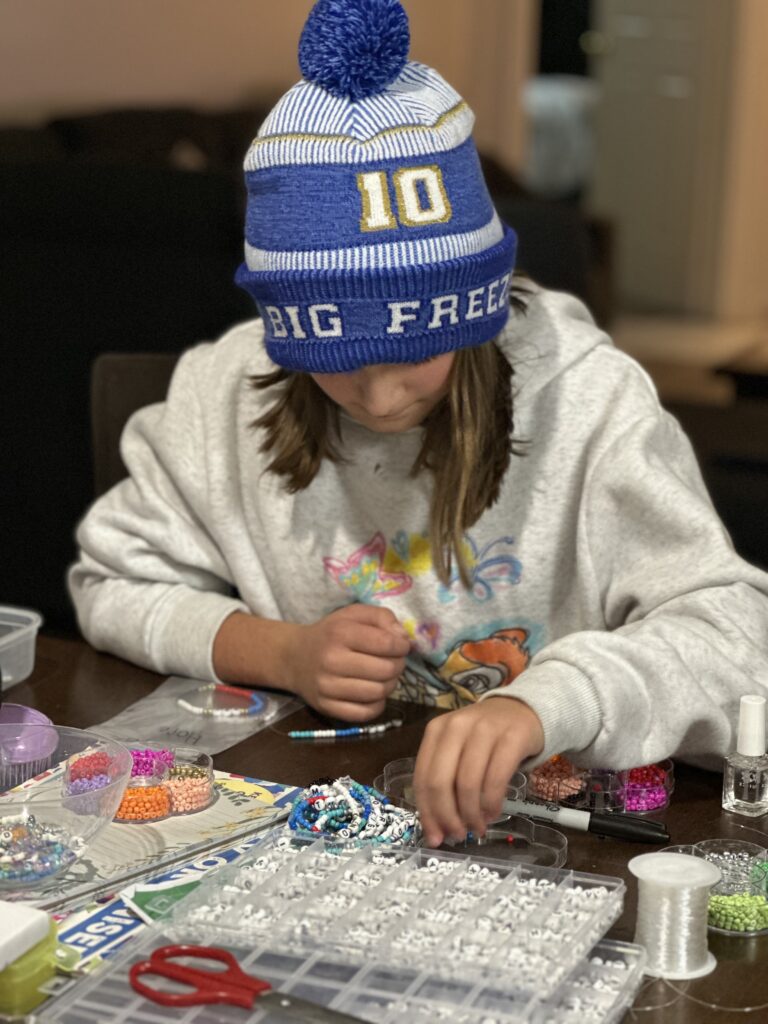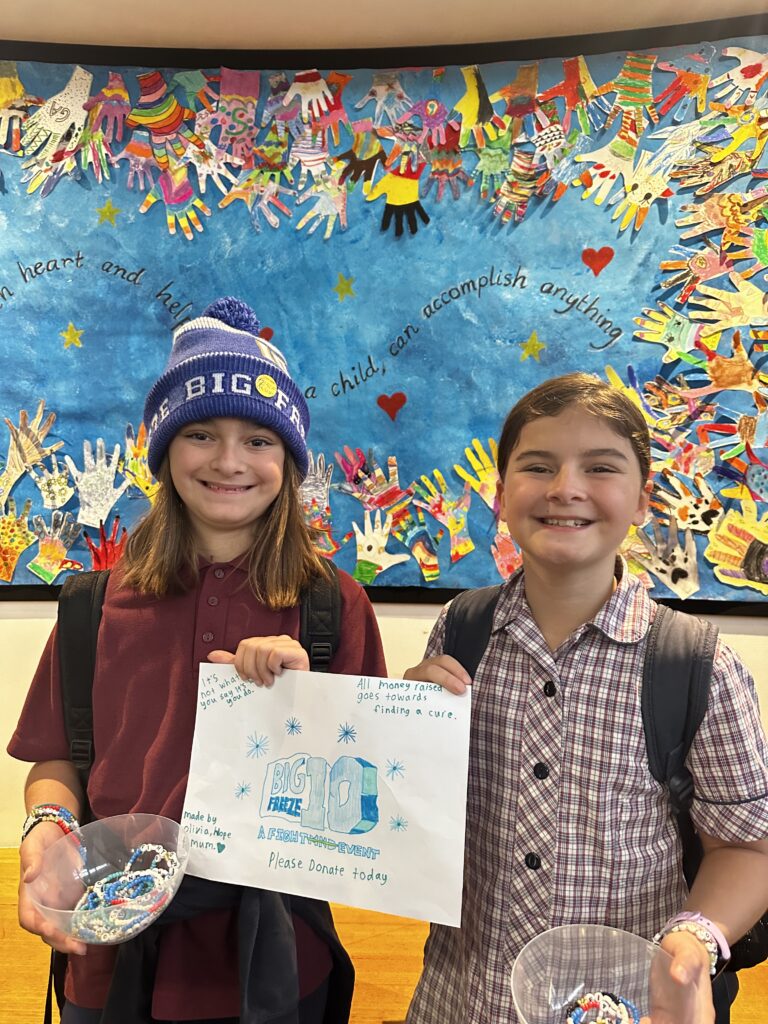Cracking the MND code: Professor Heath Ecroyd’s research into protein clumping
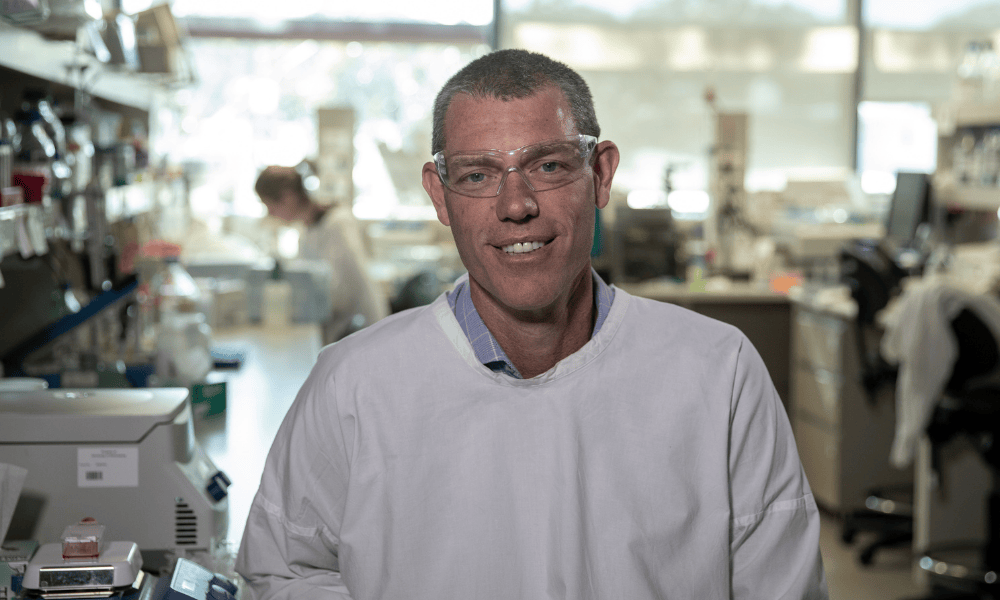
Motor neurone disease (MND) is a devastating illness that gradually takes away a person’s ability to move, speak, eat, and breathe. But a new research project led by Professor Heath Ecroyd from the Faculty of Science, Medicine and Health at the University of Wollongong titled Establishing how and why protein aggregates escape molecular chaperones in the context of MND is shedding light on one of the disease’s most puzzling biological features. Toxic protein clumps that form in nerve cells.
With the backing of a 2024 FightMND Discovery Project Grant, Professor Ecroyd and his team are on a mission to understand why these protein clumps, called inclusions, form in motor neurons and how they contribute to the progression of MND.
Understanding the Body’s Cellular “Clean-Up Crew”
Under normal conditions, our bodies have ways of managing wayward proteins, thanks to a specialised group of proteins known as molecular chaperones. These chaperones act like quality control agents in the cell, ensuring other proteins are folded correctly and don’t clump together.
“Molecular chaperones are essential for keeping our cells healthy,” says Professor Ecroyd. “But in MND, this defence system seems to fail, allowing dangerous protein clumps to build up and ultimately destroy the motor neurons.”
The big question, he explains, is why this clean-up system breaks down and whether we can find a way to restore, or enhance it.
A Systematic Search for Solutions
What makes this project groundbreaking is its systematic approach. While previous studies have explored the role of individual molecular chaperones in MND, Professor Ecroyd’s team is taking it several steps further.
“This is the first time anyone has screened all of the molecular chaperones in the cell to find out which are the most effective at stopping these toxic clumps from forming,” he says.
Using cutting-edge molecular biology tools, the team is identifying which chaperones are most powerful in preventing protein aggregation. The goal? To turn that knowledge into new treatment strategies for MND.
“If we can understand which chaperones are key, we may be able to develop drugs that boost their function or mimic what they do naturally,” Professor Ecroyd explains.
Global Collaboration and Community-Powered Progress
The research is a collaboration between the University of Wollongong, Macquarie University, and international partners in Spain, positioning Australian researchers at the forefront of global efforts to uncover the root causes of MND.
But world-class science needs world-class support. And that’s what FightMND provides. With funding from its Cure Grant Program, Professor Ecroyd and his team have been able to take on this ambitious work.
“This research wouldn’t be happening without the generous support of FightMND,” he says. “The grant allows us to employ expert scientists, purchase vital materials, and access the cutting-edge equipment we need.”
He also stresses the critical role of everyday Australians who donate to the cause.
“Research into MND is expensive, and government funding is limited. Donations to FightMND are not just helpful. They’re essential. They allow us to keep talented researchers in the field and give them the resources they need to do groundbreaking work.”
For Professor Ecroyd, the path to a cure depends on both scientific determination and public generosity.
“If we want to stop this disease, we have to invest in the science,” he says. “Thanks to FightMND and the Australian public, we’re making real progress. Every discovery brings us one step closer to giving people living with MND the hope and answers they deserve.”
Help FightMND invest in vital research during Big Freeze 11
This Big Freeze, FightMND is daring the Australian community to come together and live it forward for those who can’t. Show your support by purchasing your Big Freeze 11 Beanie from Coles, Bunnings, select Shell Reddy Express stores and fightmnd.org.au.
Join the FightMND Army and show us how you’re living it forward. Snap photos with your Beanie, host events, or come up with creative ways to freeze MND. Share your efforts on social media. Tag us @fightmnd and use the hashtags #BigFreeze11, #LiveItForward, #TeamUpForBigFreeze11, and #FightMND.
Let’s live it forward this Big Freeze 11. Together, we can defeat the Beast.

